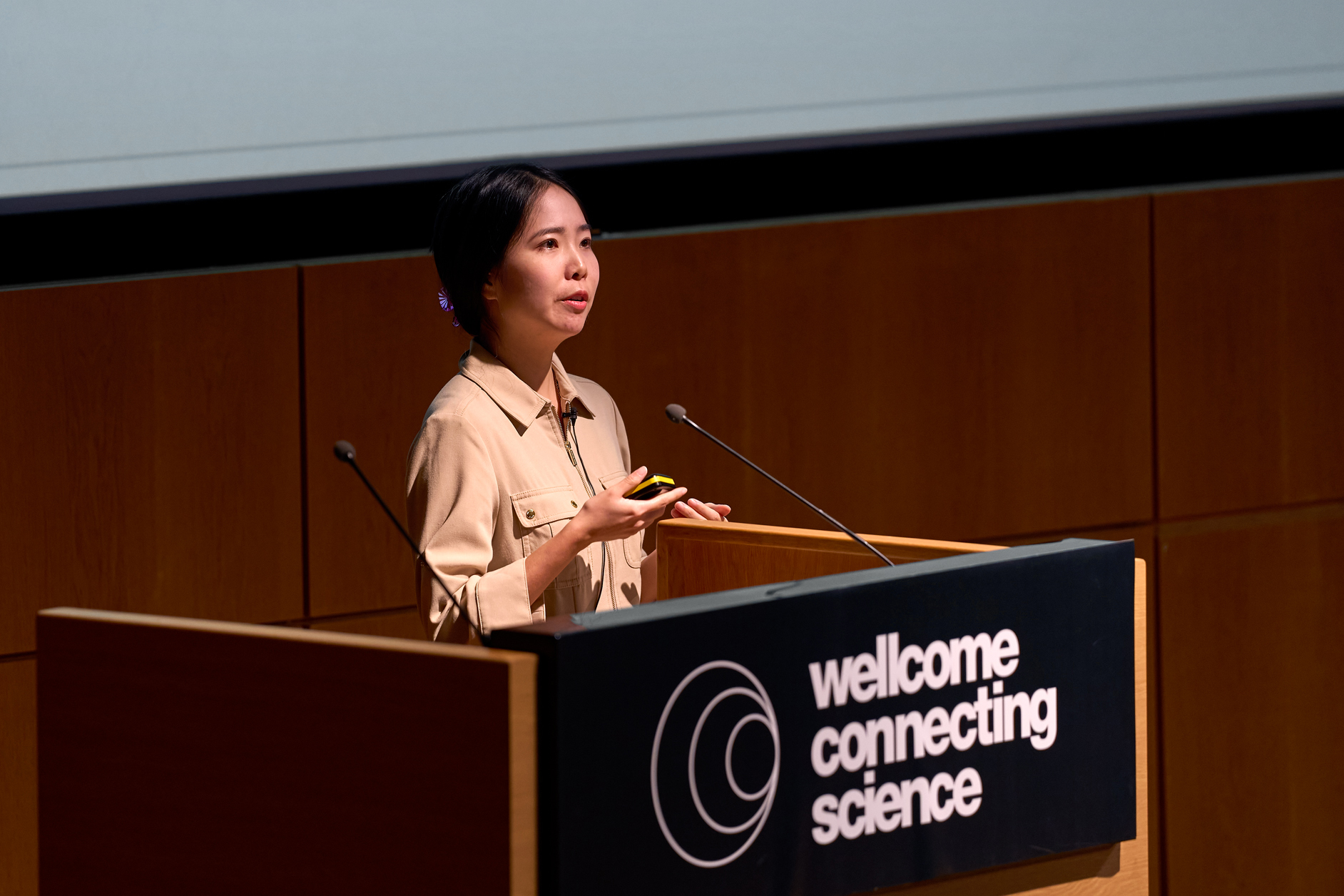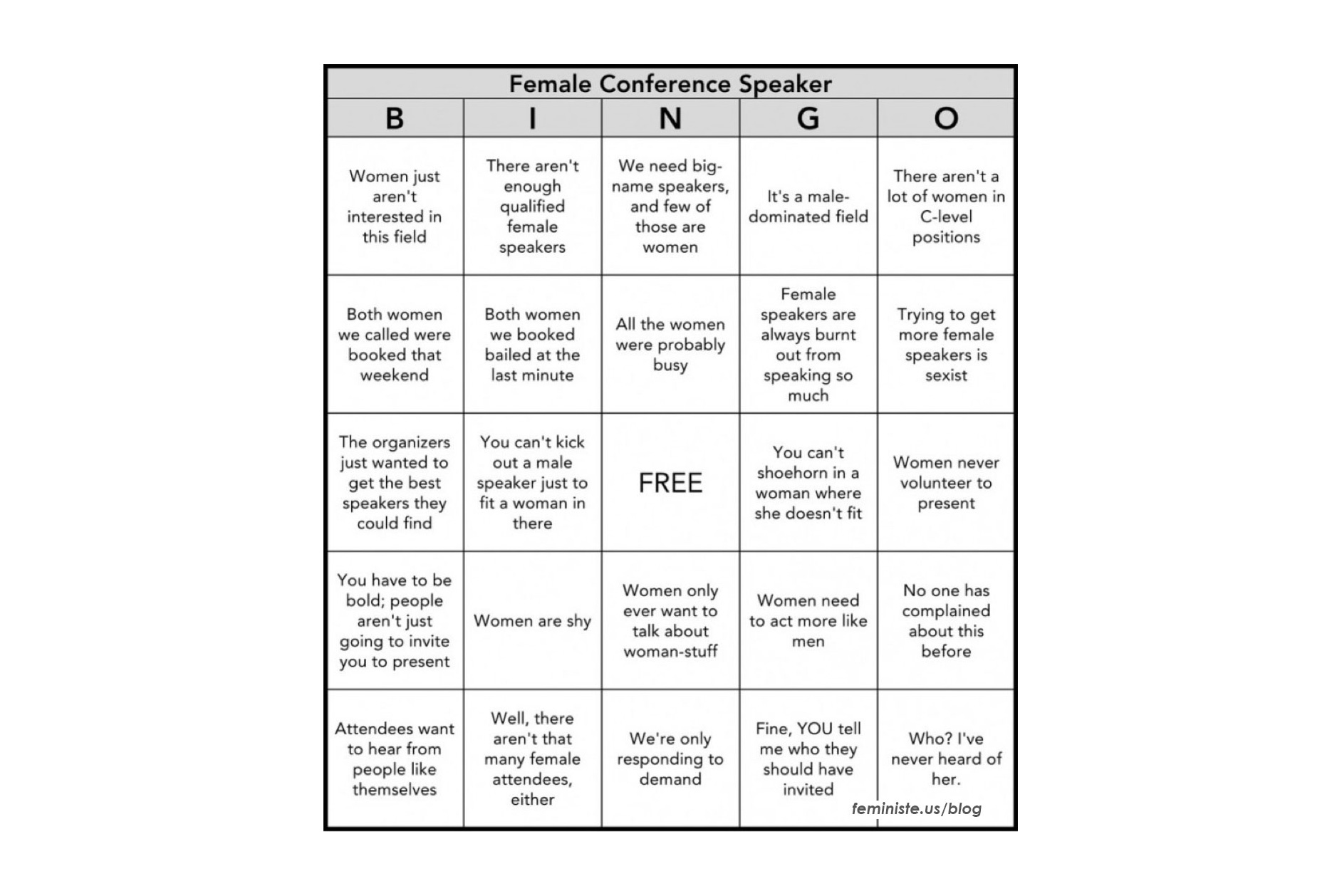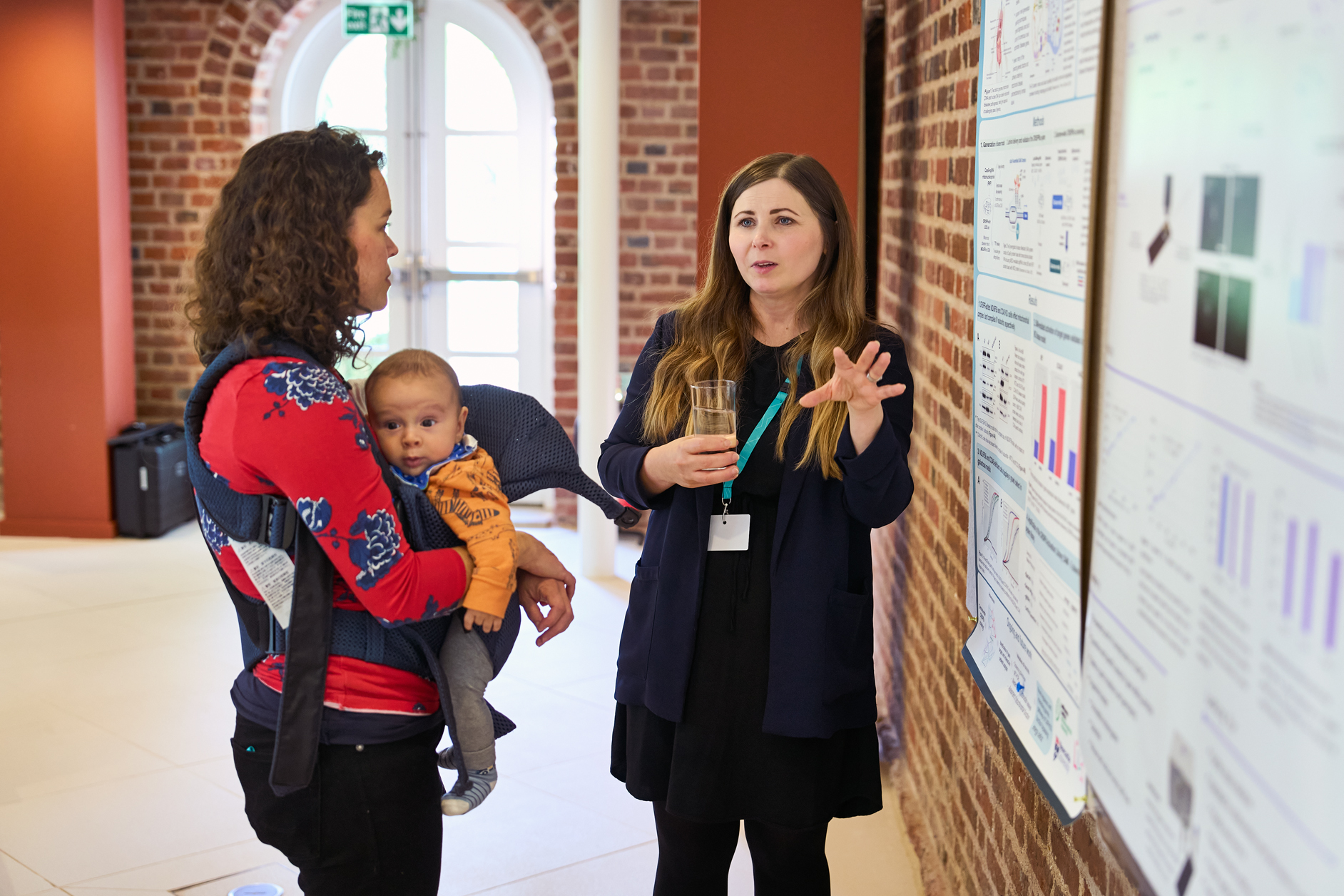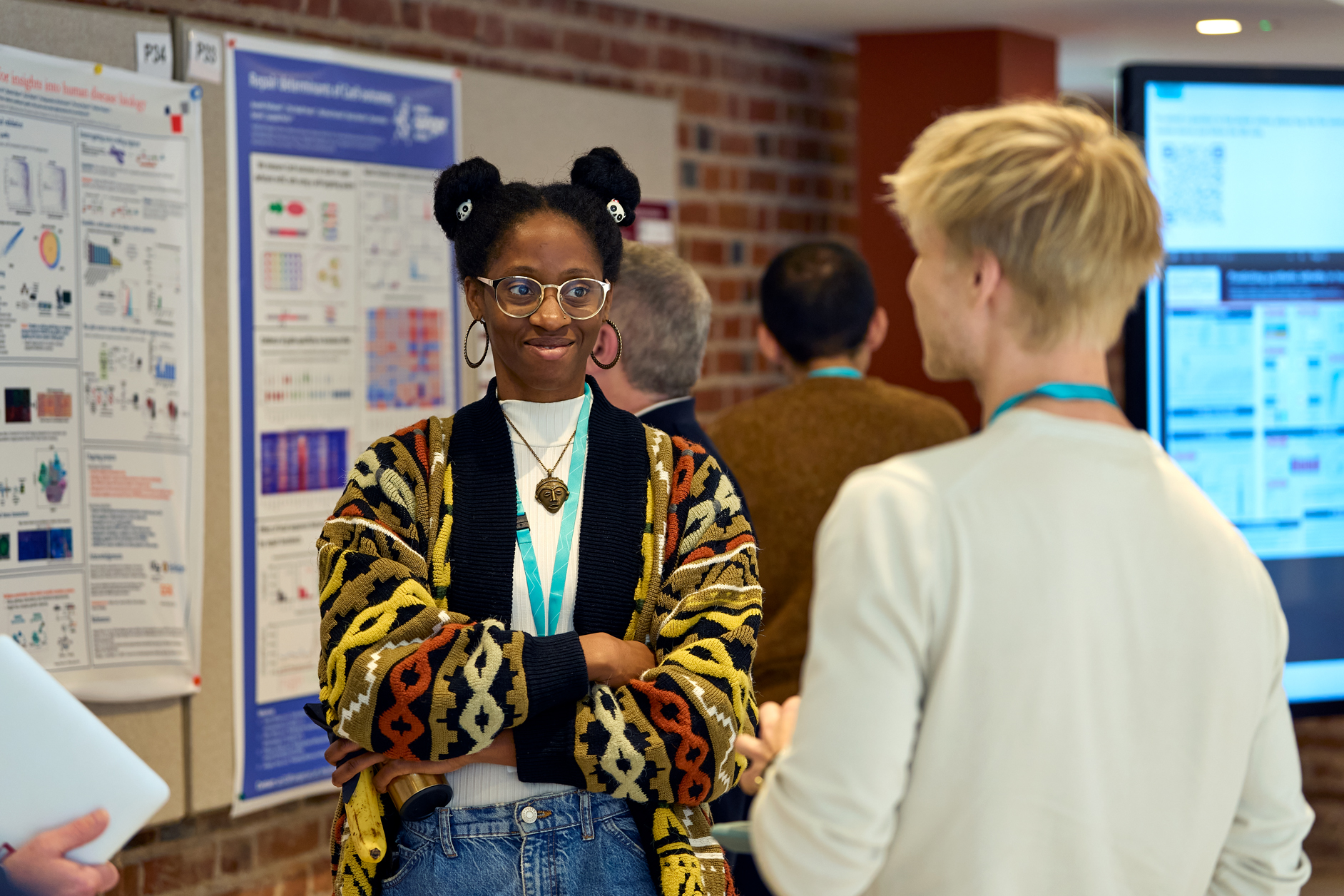
Supporting and increasing the visibility of women in science – lessons from conferences
International women’s day in March provides good time to reflect on women in science, and in genomics in particular, and how Wellcome Connecting Science’s programme of learning and training is helping to support and increase the visibility of women in genomics.
We are all familiar with the different trajectories of men and women researchers – an equal number at undergraduate and postgraduate level (even a greater number of women at undergraduate level on some biomedical courses), then gradually fewer women as one reaches the senior and professorial roles. This ‘leaky pipeline’ whereby women leak out of the system has persisted for many years. Their reasons for leaving academia and research can vary – family or personal issues or implicit biases that affect career progression of women in academia leading them to move to other sectors, resulting in fewer women in research and less visibility for those that remain.
Scientific conferences are important to attend not only to learn from peers and receive feedback on your research, but also to network and form collaborations that can lead to publications, which help career progression. A late-breaking abstract from a post-doctoral researcher can grab the attention of an established leader in the field and have an impact on their career. Receiving an invitation to speak at a conference offers the presenter a chance to enhance their profile by raising their global visibility, and providing opportunities for new collaborations and increasing their network. However these opportunities are not always available for everyone and are not shared equally. The occurrence of all-male panels has become a symbol of gender inequity at conferences and has is often mentioned on social media (e.g. manel and #YAMMM on twitter). As speakers are often chosen based on a talk given at other meetings, where men are frequently more ‘visible’ than women, this can have a cumulative effect, with subsequent opportunities available to one group and not another.

Given these patterns and disparity between men and women speakers, we introduced a new policy in 2016 mandating that 50% of our programme committees and invited speakers are women. At the time 34% of our speakers across the conference programme were women– although this varied across specific fields and meetings, ranging from 21% to 50%. Our audience was also reaching parity with an equal proportion of men and women at each conference, another reason why it was important to introduce this policy. However the implementation of this policy was not without challenges, with some programme committees viewing a gender balance requirement as an unnecessary burden, although others embraced it as an opportunity to rectify a practice that needed to change and were pro-active in identifying female speakers in their fields. We reached parity for men and women speaking at our conferences by 2018 and have maintained this level ever since, apart from our conferences that have a much higher proportion of women in the sector (e.g. genetic counsellors and nurses). Discussions on speaker selection have changed since 2018, committees are now more attuned to representation at conferences, even if male scientists come to mind more quickly for some when thinking about potential speakers to invite. Thankfully we rarely hear the list of reasons given for not inviting female speakers that were common when this policy was first introduced.
Bingo card highlighting popular excuses for excluding female participation

Wider support for parents and carers
To support anyone with caring responsibilities we introduced a grant to help with childcare (or other dependants) costs associated with event attendance that any delegate or speaker can apply for. Parents bringing young children to a meeting have access to a family room at the Hinxton Hall Conference Centre, which provides a quiet space for feeding, with a live-stream of the sessions ensuring they do not miss out on important talks and discussions.
We support parents with young children to attend and participate at conferences

What’s next?
We also need to consider wider representation when thinking about equitable conferences. We are encouraging committees to broaden the diversity of speakers invited to our conferences so that researchers from a particular institute or country are not over represented. We also strive to include scientists based in Africa, Asia, and Latin Amercia on our programme committees and as invited speakers. We are currently developing a more formal policy around geographical and ethnic diversity and inclusion for our programme so that others groups or researchers that have been historically underrepresented are included, visible and able to have their voice heard, enabling them to reap the benefits from global scientific conferences.

